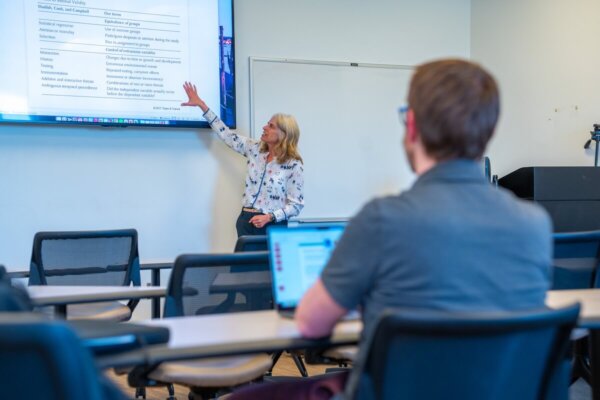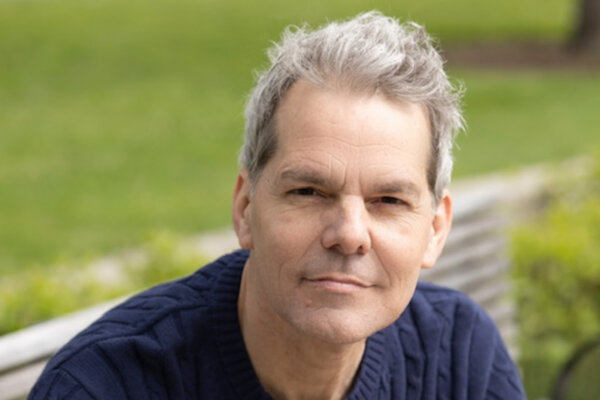Shenandoah Pharmacists Testing for Variant Strains of COVID-19
Findings will provide viral outlook for local area

Shenandoah University is now testing positive COVID-19 samples for potentially more contagious or deadly variants to better ascertain the viral outlook of Winchester and Frederick County.
Over the past few weeks, variants in the SARS-CoV-2 virus (the virus that causes COVID-19) have been identified in the UK, South Africa and Brazil. These variants spread quicker and could be deadlier than the common SARS-CoV-2 strain.
Shenandoah’s pharmacogenomics and biopharmaceutical sciences departments have recently begun sequencing positive samples from the university community (faculty, students, staff) and those provided by Winchester Medical Center to identify any possible variants. They have yet to find any, but if they do, they will report these findings to local public health officials and the Centers for Disease Control and Prevention, or CDC.
Sequencing gives us a better idea of what the local outbreak looks like; it is the only way for us to find new and existing mutations in the virus’s genome. Sequence data is shared with the growing international collection of SARS-CoV-2 sequences. Our Frederick County and Winchester outbreak is part of this contribution.”
Solomon Adams, Pharm.D., Ph.D. | Assistant Professor of Pharmacogenomics
Dr. Adams said those in the pharmacy department will be able to sequence 12 COVID-19 positive samples each week between Shenandoah’s Winchester campus and its location at INOVA Center for Personalized Health (ICPH) in Fairfax, with the possibility of sampling more in the near future. Sequencing involves using PCR, or polymerase chain reaction, to amplify the viral nucleotides, then sequencing with MinION sequencers from Oxford Nanopore. The process takes about two full days in the lab to complete.
Shenandoah is the only university sequencing for COVID-19 variants locally and one of the smallest in the country in doing variant sequencing. It joins Harvard Medical School, Stanford University, Cornell University, and others in this quest.
Adams said Shenandoah would not be able to do this kind of testing without the support of the university leadership.
“I give the administration a lot of credit,” he said. “They recognized that this is something we can do and should do.”





